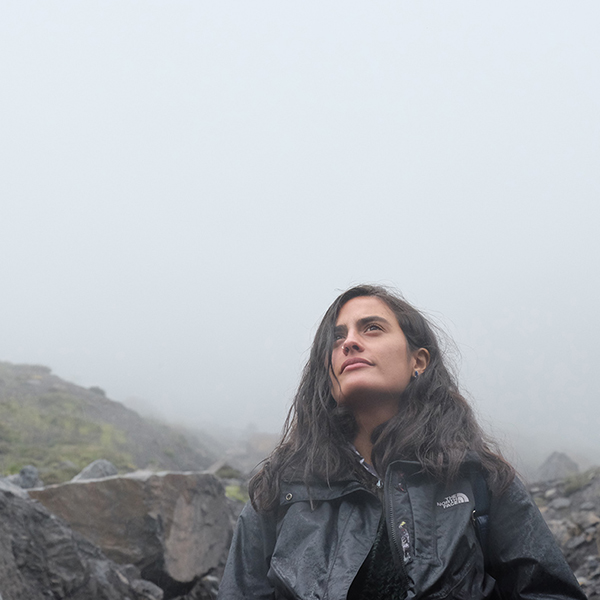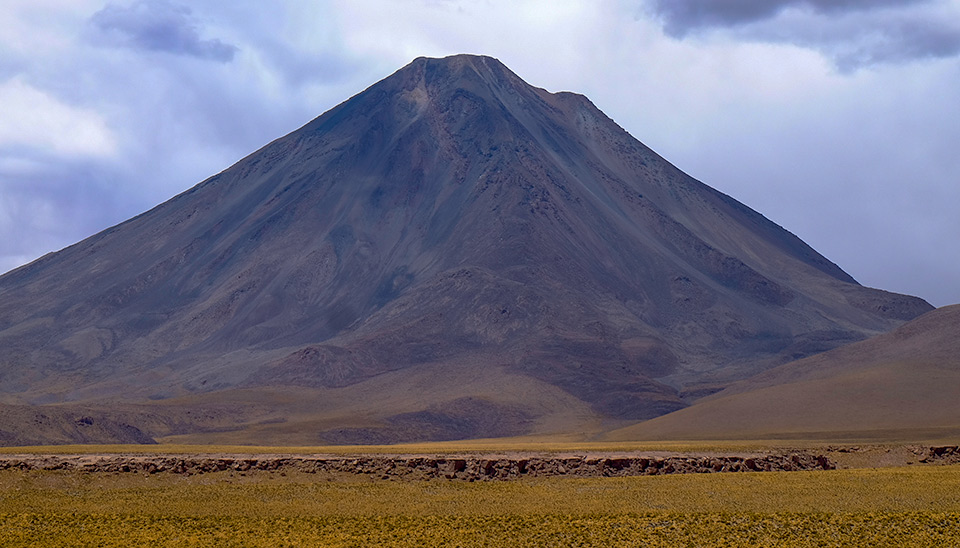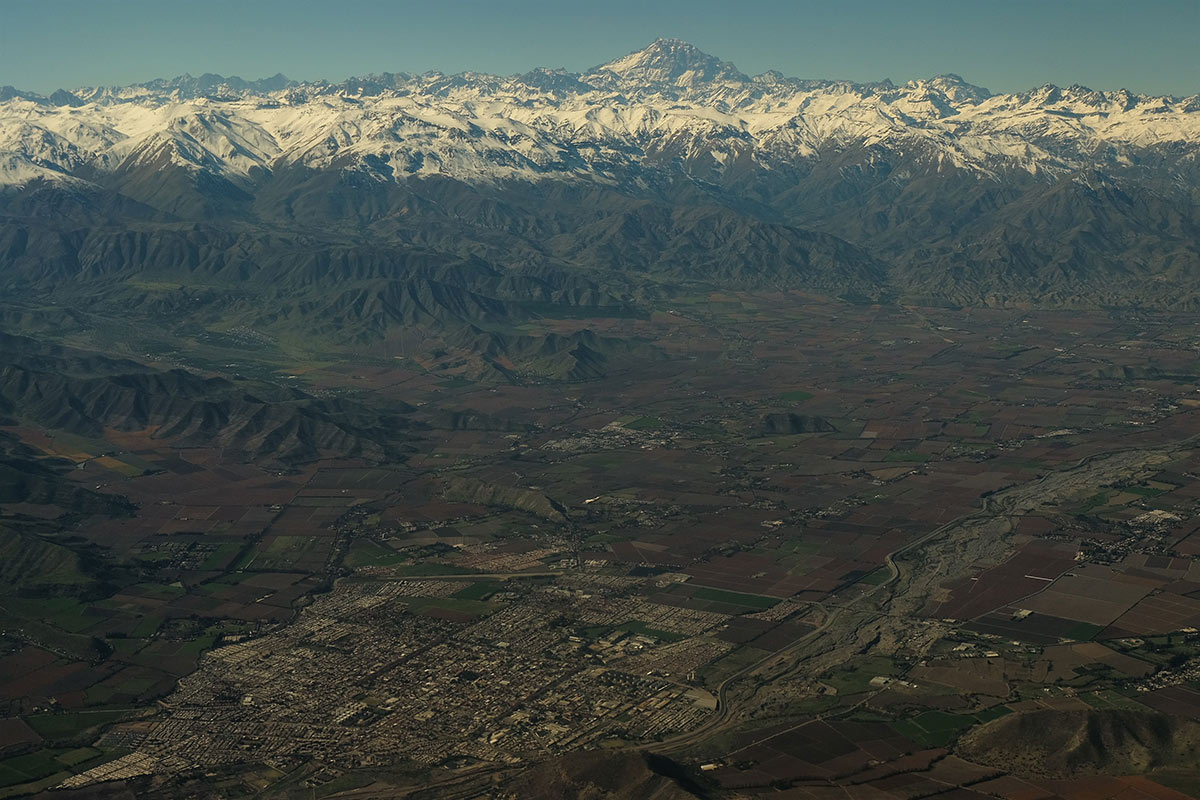
Consuelo Martínez Fontaine
Doctoral / Post-doctoral researcher
THESIS SUBJECT
Estimation of ocean reservoir 14C ages, on the surface and at depth, in the South-East Pacific sector of the Southern Ocean since the Last Glacial period.
THESIS SUMMARY
The aim of my thesis is to generate records for variations in the ventilation of the deep waters of the South-east Pacific Ocean since the last glaciation. The objective is to better understand the role of the ocean in the carbon cycle, particularly during glacial-interglacial transitions. To do this, I will use 14C dating of planktonic and benthic foraminifera from three marine sediment cores at a depth of ~3000 m at 41°S, 42°S and 46°S along the coast of Chile. The 14C dating is used both to establish the chronology of the core and as a proxy for the ventilation of water masses. In addition, we will obtain proxies for oxygenation and stable isotopes in benthic foraminifera in order to gain a more complete picture of variations in the water masses and to establish if these variations are due to variations in ventilation or in the distribution of water masses.
In order to ensure a proper interpretation of the records, it is essential to have accurate chronologies for the cores. To this end we will use regional stratigraphic markers, namely tephras. The South-east Pacific borders the Southern Volcanic Zone of the Andes, which has an explosive character and several recorded eruptions since the last glaciation. The second main objective of my thesis is to use the crypto-tephrochronology in order to obtain the reservoir ages of the surface water masses which at the same time will allow us to obtain accurate chronologies for the cores and to interpret changes in the ocean’s circulation. In order to identify the events in the various levels of the cores, the geochemistry of the major and minor elements in individual glasses are measured in levels which display peaks in the percentage of glass. In addition, it is essential to have a good database of previously recorded and dated tephras. At the moment, no such data base exists and I am currently working to compile one that will be of use to the wider tephrochronology community. Ideally the geochemical and stratigraphic data in the database will allow us to identify the various volcanic events and to assign calendar dates to the cores.
SUPERVISORS
Giuseppe Siani and Elisabeth Michel
FUNDING
Grant for doctoral studies abroad provided by the Chilean National Commission for Scientific and Technological Research, CONICYT


